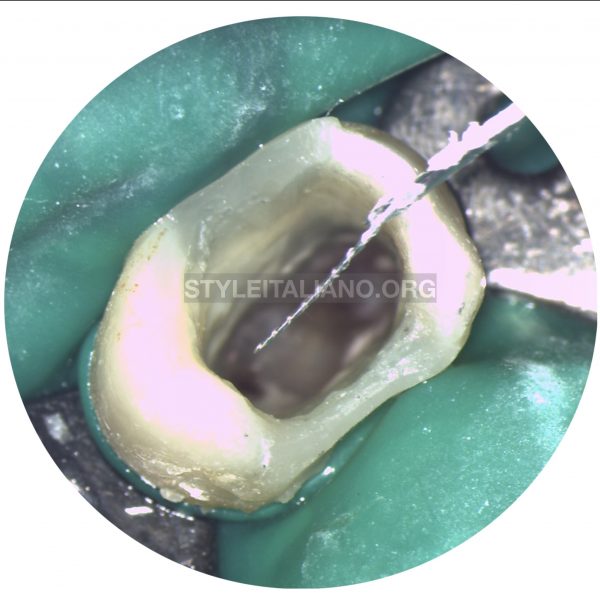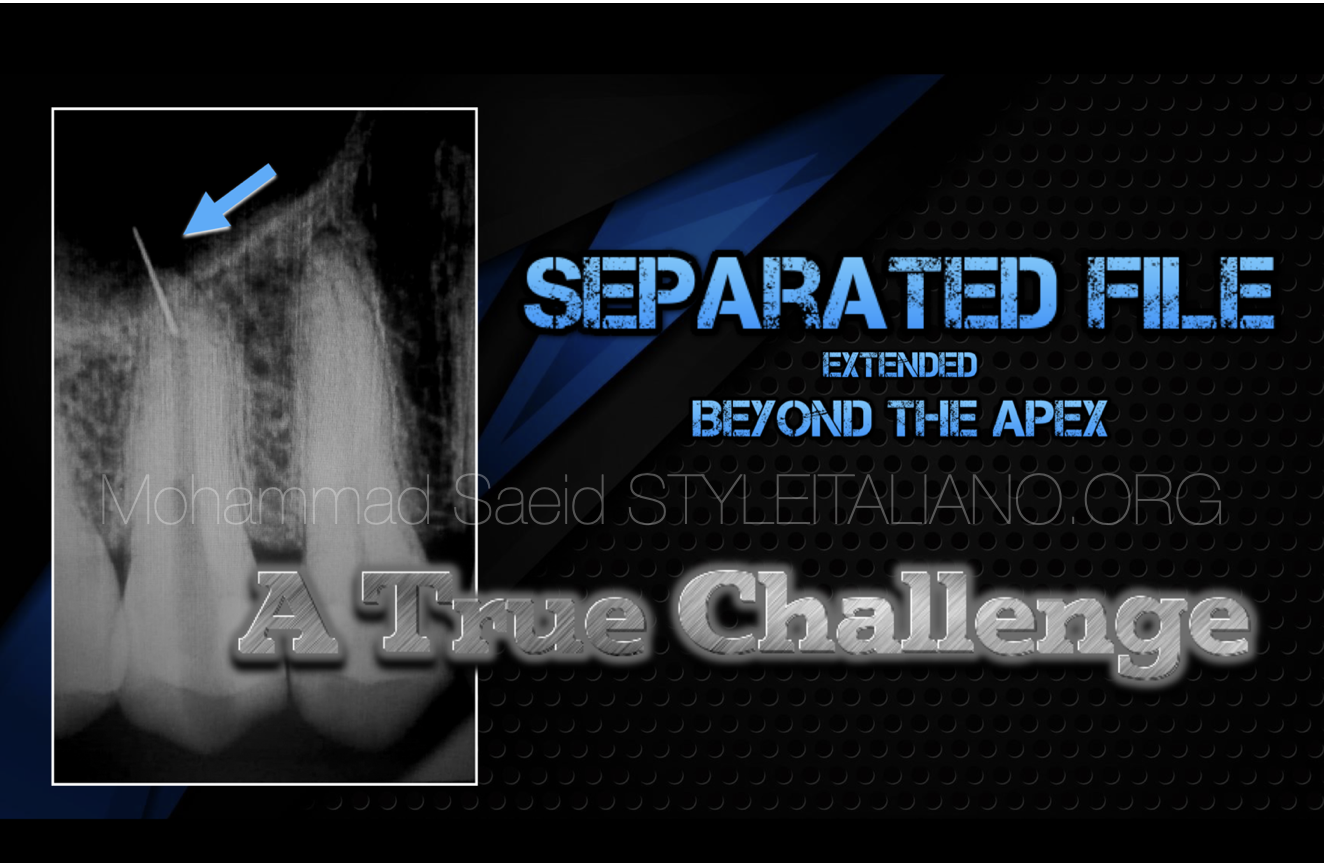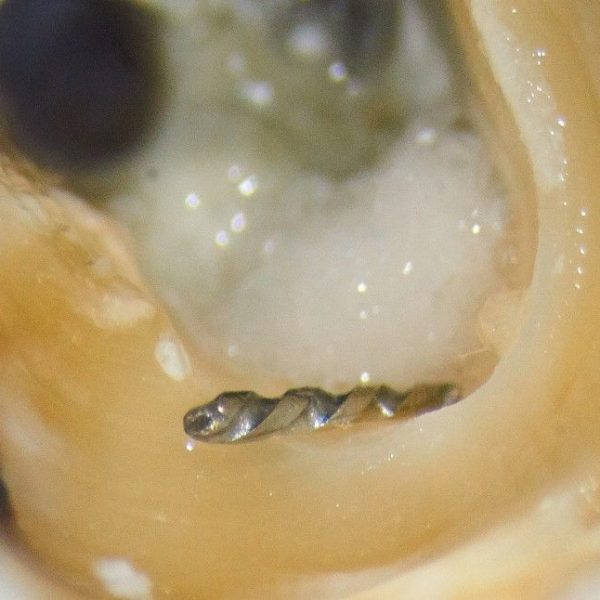
Management of 3 broken files in upper right molar
01/10/2024
José Conde Pais
Warning: Undefined variable $post in /var/www/vhosts/styleitaliano-endodontics.org/endodontics.styleitaliano.org/wp-content/plugins/oxygen/component-framework/components/classes/code-block.class.php(133) : eval()'d code on line 2
Warning: Attempt to read property "ID" on null in /var/www/vhosts/styleitaliano-endodontics.org/endodontics.styleitaliano.org/wp-content/plugins/oxygen/component-framework/components/classes/code-block.class.php(133) : eval()'d code on line 2
The presence of fractured endodontic instruments within the root canal system has a negative prognostic effect on orthograde endodontic treatment since they hinder the cleaning and shaping of the apical root canal. Additionally, there has been an in- crease in the incidence of instrument fracture within root canals since the introduction of nickel-titanium rotary instruments since they break more frequently than stainless steel hand instruments.
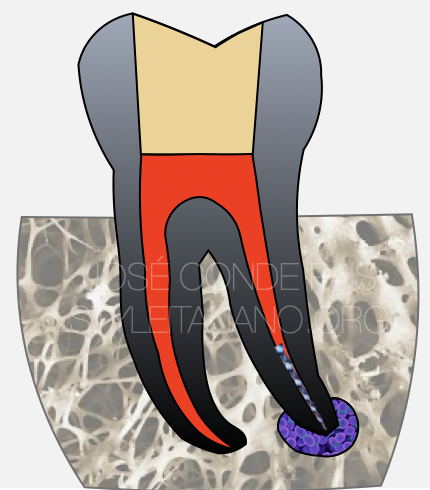
Fig. 1
The success rate of fractured instrument retrieval varies because it is dependent mainly on several factors including the visibility of the fractured instrument, the length of the fractured instrument in relation to the curvature of the canal and the techniques applied to each case .

Fig. 2
A 64 years old women patient was referred from a general Practitioner to ou clinic for management of 16 root canal treatment.
After a clinical and radiographic examination, we observe the following :
- Great coronary destrucction .
- Endodontic treatment started .
- 3 Broken Instruments ( 2 in mesial root , 1 Distal root )
- Pneumatic maxillary sinus
We decide to perform a non-surgical approach under surgical microscope. The proposed treatment plan was as follows:
- Pre-endodontic reconstruction
- Removal of the fractured instruments using the loop technique.
- Chemical-mechanical preparation of the canal system and correct sealing of the apex.
The patient was informed of the pros and cons of the treatment and signed the informed consent.
In the following video we show the step by step of the case
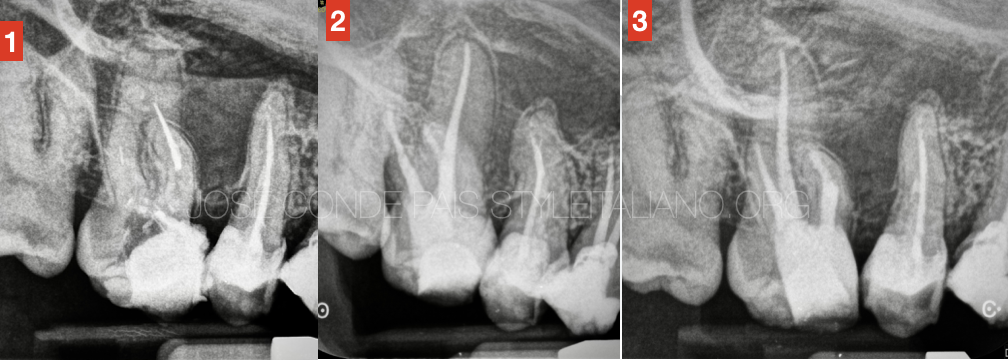
Fig. 3
- Pre-operative and post-operative X-rays
Conclusions
We must know the mechanisms of fracture so that we can avoid them, but if the complication occurs we must be prepared to deal with it in a predictable way.
Bibliography
Terauchi Y, Ali WT, Abielhassan MM. Present status and future directions: Removal of fractured instruments. International Endodontic Journal, 55(Suppl. 3), 685–709.


